Discover 11 hidden attractions, cool sights, and unusual things to do in Takasaki (Japan). Don't miss out on these must-see attractions: Yamanoue Stele, Tago Stele, and Ōtsurumaki Kofun. Also, be sure to include Gunma Prefectural Museum of History in your itinerary.
Below, you can find the list of the most amazing places you should visit in Takasaki (Gunma).
Table of Contents
Yamanoue Stele

Yamanoue Stele is an Asuka period stele discovered in the Yamana neighborhood of the city of Takasaki, Gunma Prefecture, in the northern Kantō region of Japan. The stele was designated a National Historic Site of Japan in 1921, and was raised in status to that of a Special National Historic Site in 1954. It is associated with the adjacent Yamanoue Kofun, a kofun burial mound, which is also covered under the Special Historical Site designation. As one of the "Three Stelae of Kōzuke", the Yamanoue Stele was submitted by Japan for inclusion into the UNESCO Memory of the World Programme in 2017 The inscription on the Yamanoue Stele is the oldest example of writing in Chinese characters according to Japanese grammar.[1]
Tago Stele

The Tago Stele is an Nara period stele discovered in the city of Takasaki, Gunma Prefecture, in the northern Kantō region of Japan. The stele was designated a National Historic Site of Japan in 1921, and was raised in status to that of a Special National Historic Site in 1954.As one of the "Three Stelae of Kōzuke", it was submitted by Japan for inclusion into the UNESCO Memory of the World Programme in 2017[2]
Ōtsurumaki Kofun
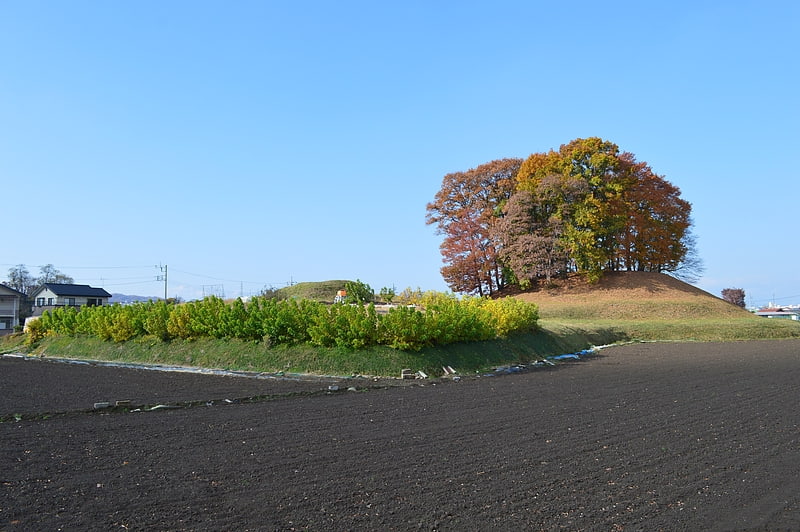
Ōtsurumaki Kofun is a Kofun period burial mound located in what is now the city of Takasaki, Gunma Prefecture in the northern Kantō region of Japan. It was designated a National Historic Site of Japan in 1927. It is one of the largest kofun in Gunma Prefecture. It is estimated to have been built around the end of the 4th century and the beginning of the 5th century AD and is part of a group of 13 tumuli which were concentrated in the vicinity, forming the Kuragano Kofun Cluster. Within the Kuragano Kofun Cluster are a number of other very large keyhole-shaped tumuli, including the Sengenyama Kofun, which has a separate National Historic Site designation, and the Kotsurumaki Kofun.[3]
Gunma Prefectural Museum of History
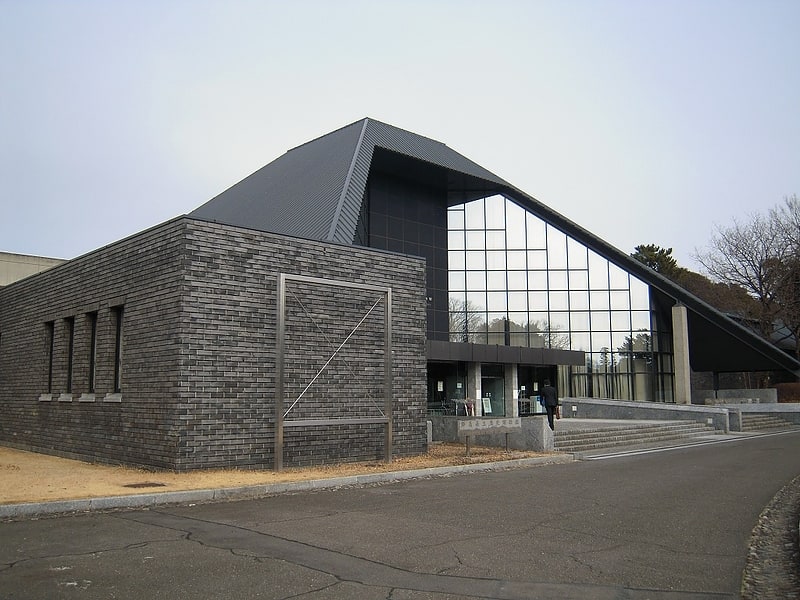
Museum in Takasaki, Japan. Gunma Prefectural Museum of History opened in Takasaki, Gunma Prefecture, Japan, in 1979.[4]
Address: Takasaki, 992-1 Watanuki-machi
Hodota Kofun Cluster

The Hodota Kofun Cluster is a group of three Kofun period burial mounds located in what is now the city of Takasaki, Gunma Prefecture in the northern Kantō region of Japan. It was designated a National Historic Site of Japan in 1985.[5]
The Museum of Modern Art
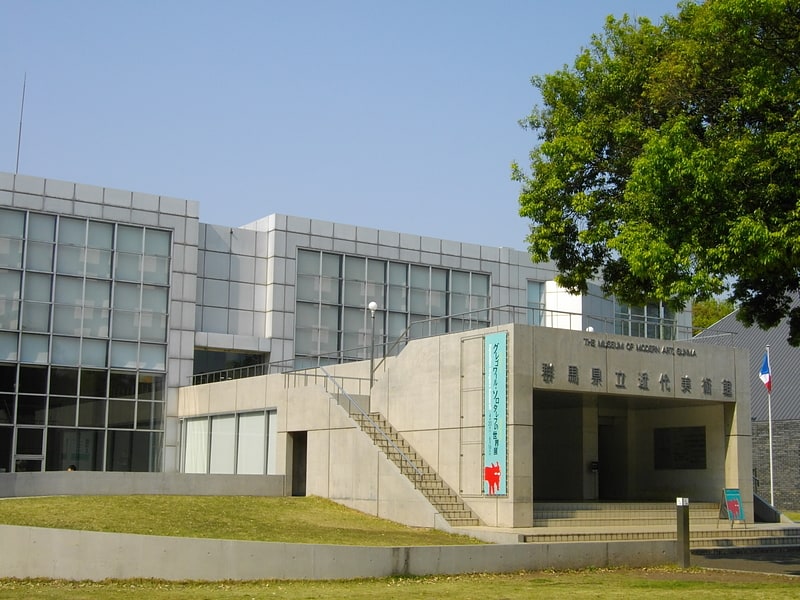
Also known as: 群馬県立近代美術館
Museum in Takasaki, Japan. The Museum of Modern Art, Gunma opened in Takasaki, Gunma Prefecture, Japan, in 1974. The collection includes works by Monet, Renoir, and Soga Jasoku.[6]
Address: Takasaki, 992-1 Watanuki-machi
Sengenyama Kofun
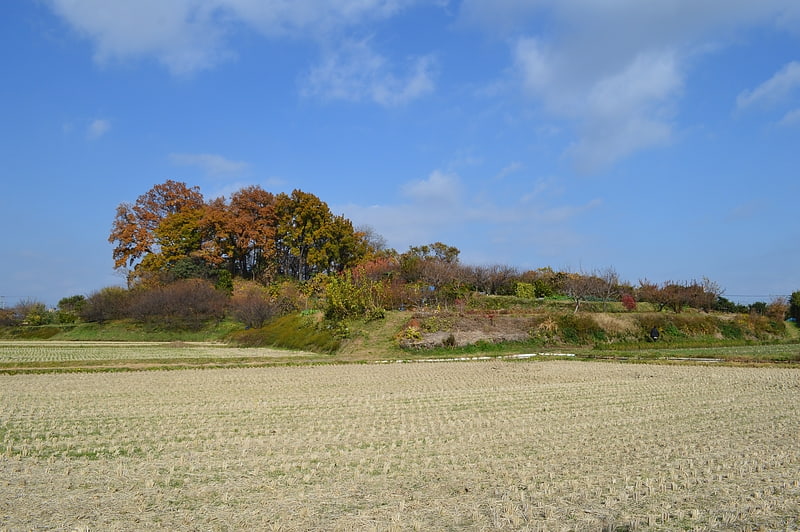
Sengenyama Kofun is a Kofun period burial mound located in the Kuraganomachi neighborhood the city of Takasaki, Gunma Prefecture in the northern Kantō region of Japan. It was designated a National Historic Site of Japan in 1927.It is the second largest kofun in Gunma Prefecture after the Ōta Tenjinyama Kofun, and third in the Kantō region after the Ōta Tenjinyama Kofun and the Funazukayama Kofun. It is estimated to have been built around the end of the 4th century and the beginning of the 5th century and is part of a group of 13 tumuli which were concentrated in the vicinity, forming the Kuragano kofun cluster.[7]
Minowa Castle
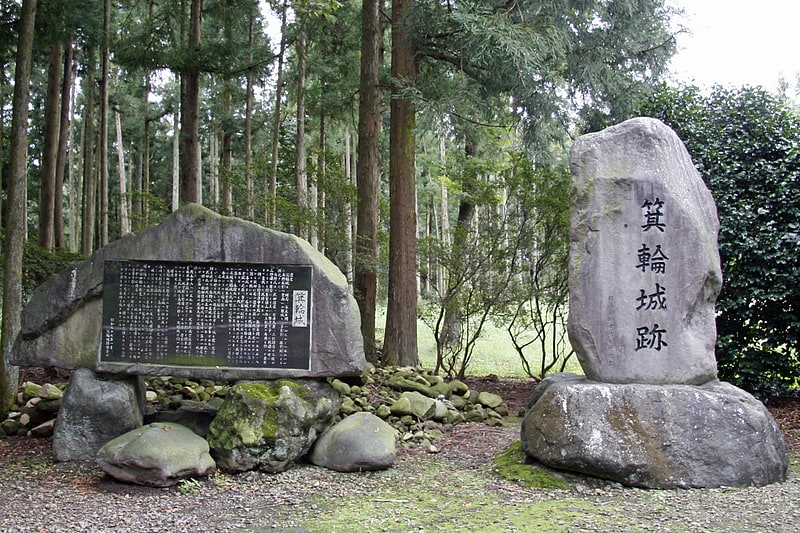
Also known as: 箕輪城
Castle in Takasaki, Japan. Minowa Castle was a "hirayama"-style (castle located in the Misato neighborhood of the city of Takasaki, Gunma Prefecture, Japan. The ruins have been protected by the central government as a National Historic Site since 1987.[8]
Address: Misatomachi Higashiakiya, 370-3105 Takasaki
Takasaki Castle
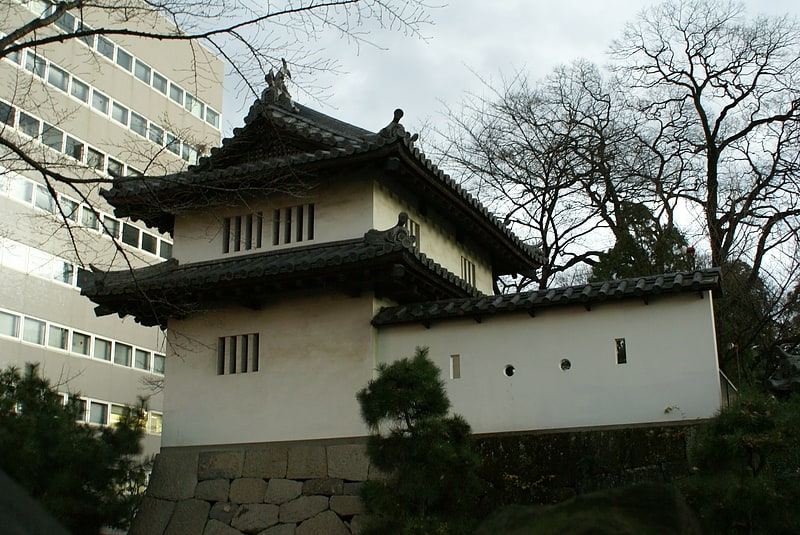
Also known as: 高崎城
Historical landmark in Takasaki, Japan. Takasaki Castle is a Japanese castle located in Takasaki, southern Gunma Prefecture, Japan. At the end of the Edo period, Tatebayashi Castle was home to a branch of the Matsudaira clan, daimyō of Takasaki Domain, but the castle was ruled by a large number of different clans over its history. The castle was also known as "Wada-jō".[9]
Gao qi shi mei shu guan
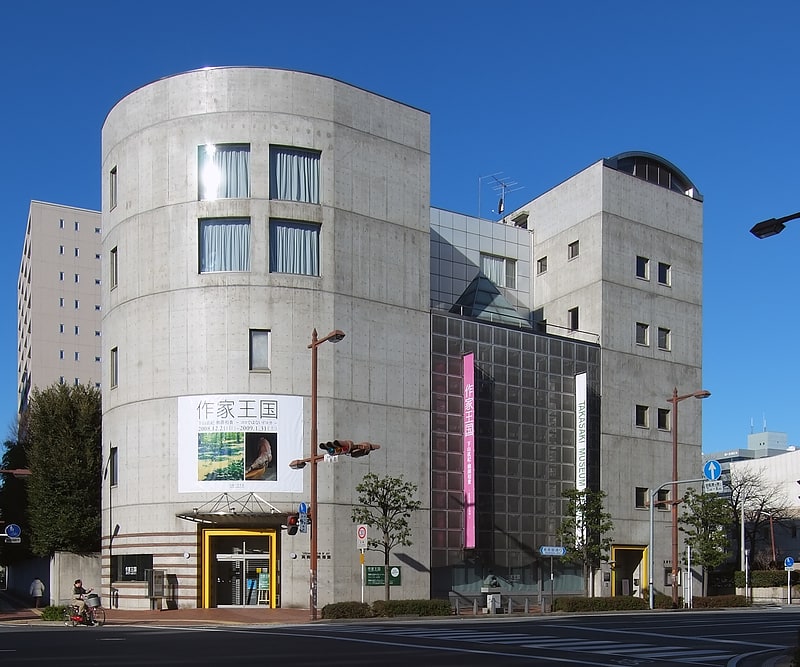
Takasaki City Museum of Art is a municipal art museum operated by Takasaki City, Gunma Prefecture. It opened in July 1991. It was designed by the Takasaki City Building and Housing Division and the Gunma Prefecture Architectural Design Center. It received the 4th Takasaki Urban Landscape Award.
Address: 110-27 Yashimachō, Takasaki-shi, 370-0849 Takasaki
Shao lin shan da mo si
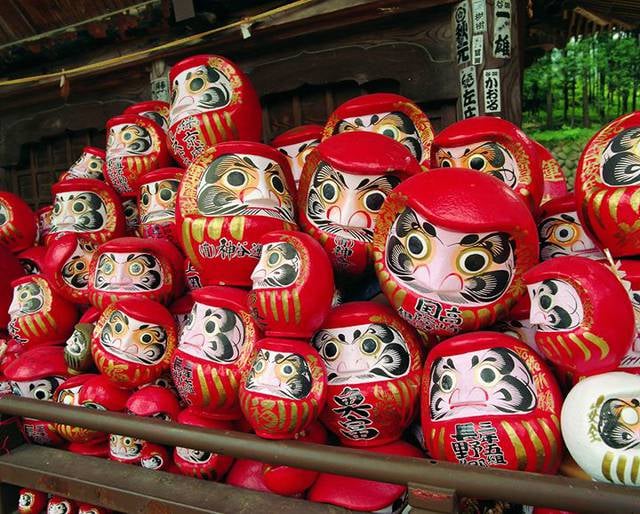
Temple